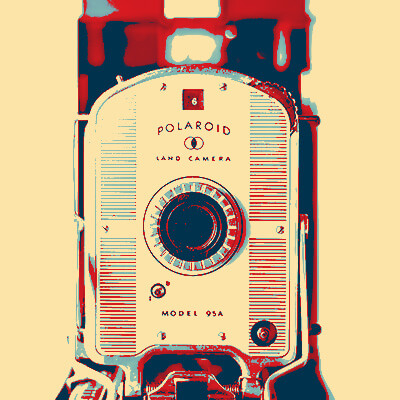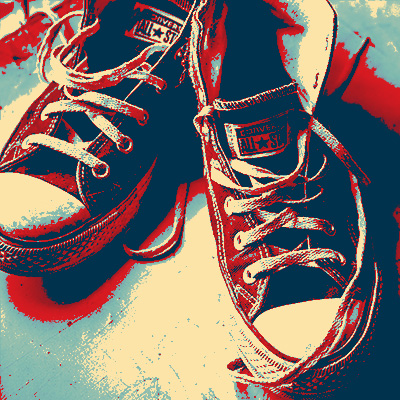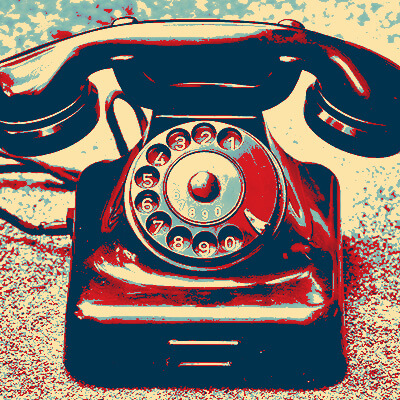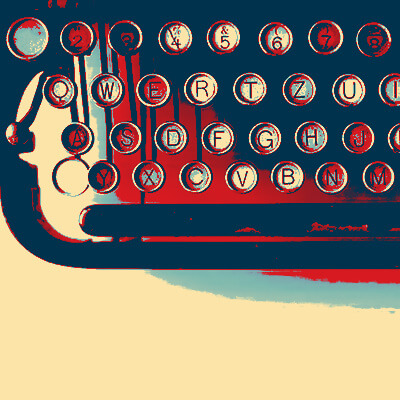My tech from GoovyTek has been terrific. He is patient, knowledgeable, and explains things really well. I enjoyed learning new tools and features on my smart phone and computer. They have made doing things a lot easier and more enjoyable.
Need Help? Call Us.
877.201.3586
Photography Timeline

5th Century B.C.
Chinese and Greek philosophers describe the basic principles of optics and camera.
4th Century B.C.
The Greek philosopher Aristotle discussed pinhole image formation in his work.
1021 A.D.
The invention of the camera obscura is attributed to the Iraqi scientist Alhazen and described in his book of optics.
1664-1672
Sir Isaac Newton discovers that white light is composed of different colors by refraction of white light off a prism.
1685
The vision of a box form Camera that was portable and small was envisioned by Johann Zahn, though it would be nearly 150 years before technology was able to bring his vision to life.
1717
Johann Heinrich Schulze discovered that silver nitrate darkened upon exposure to light.
1816
Frenchman Joseph Nicephore Niepce constructed a wood camera fitted with a microscope lens.
1826
Joseph Nicephore Niepce invented Heliograph, which he used to make the earliest known permanent photograph from nature, “View from the Window at Le Gra.”
1837
In collaboration with Joseph Nicephore Niepce– Louis Daguerre invented the first practical photographic process which was widely used in portraiture until the mid 1850s.
1837
The first aerial photograph was taken by Gaspard Felix Tournachon of Place De L' Etolie, Paris. It was shot from an altitude of 520 meters in a tethered balloon.
1861
Scottish physicist James Clerk Maxwell produced the first color photograph in 1861.
to make sure everyone’s ready to go with their technology.
1871
Dr. Richard Maddox discovered a method of using gelatin instead of glass as the plate material for the light-sensitive solution.
1878
Eadweard Muybridge successfully captured the sequence of movement. It was this groundbreaking discovery and technique that helped invented motion pictures.
1884-1888
George Eastman introduced celluloid based film and the small portable easy-to-use box camera.
1884-1924
The camera went into production at the Leitz factory in Germany. It was called the Leica from the initials of "Leitz Camera."
1926
Underwater color photography was born with this shot of a hogfish, photographed off the Florida Keys in the Gulf of Mexico by Dr. William Longley and National Geographic staff photographer Charles Martin.
1929
The major step forward to mass marketing of the TLR (twin-lens reflex) came with the Rolleicord and then Rolleiflex, developed by Franke & Heidecke in Germany.
1936
The first 35mm SLR was introduced. The Ihagee Kine Exakta had a left-handed shutter release and rapid film wind thumb lever, folding waist level finder and 12 to 1/1000th second focal plane shutter.
1948
An entirely new type of camera is introduced– the Polaroid Model 95. It was the world's first viable instant-picture camera. The Model 95 used a patented chemical process to produce finished positive prints from the exposed negatives in under a minute.
1949
A historic camera: the Contax S— the first pentaprism SLR for eye-level viewing.
1952
Asahi's first model, the Asahiflex, was the first Japanese-built 35mm SLR.
1959
The Nikon f— the first Japanese system camera with interchangeable components that constitutes the core of a system.
1975
The first ever digital camera was invented by Steven Sasson, an engineer at Eastman Kodak.
1984
Steve McCurry captured one of the most famous portraits the world had ever seen.
1988
Though it never hit the market the 1988 Fuji Fujix DS-1P introduced an important technology– a removable SRAM (static RAM) memory card developed with Toshiba.
1991
The Kyocera VP-210 introduced a concept that we still use frequently today– phone photography!
1993
Unlike many other digital cameras that stored photos in “volatile” memory that required battery power to prevent file loss– this video graphics array (VGA) resolution camera was the first to save image files in the kind of solid-state flash memory that is now the near-universal storage medium in digital cameras.
1994
Generally believed to be the first consumer (under $1,000) camera to take color images on a single sensor, the QuickTake, designed by Kodak and manufactured by Chinon in Japan, captured at VGA resolution. It represented the first take on photography by Apple.
1994
Foreshadowing the camera phone and Wi-Fi-equipped cameras that wouldn't appear until many years later, the 1994 Olympus Deltis VC-1100 model was the first digital camera with the ability to transmit images over a phone line, without the intermediary of a computer or other device!
2001
The Nikon D1 was the first DSLR body designed from scratch by a single manufacturer. It completely changed the game for SLRS at that time- dropping the price of a digital SLR by more than half.
2002
The Casio Exilim EX-S1/EX-M1 leapt forward in the ultracompact design race with the 0.4-inch-thick EX-S1 “wearable card camera.”
2003
When this 6MP DSLR was announced on the Internet, editors scurried to redo the cover to trumpet the first DSLR priced below $1,000 ($999.99, street, with kit lens). The Reb flew off the shelves and proved to be the tipping point for countless serious amateur photographers to switch from film to digital.
2005
The Canon EOS 5D had the popular new market category all to itself until 2008, when Nikon and Sony released their D700 and Alpha 900.
2007
The GoPro Digital Hero 3 is introduced to the market and offers go-anywhere cams with rugged cases. Now most people who do sports, ride bicycles and even drive cars have these.
2007
The first ever Apple iPhone is introduced. Though Apple was not the first to include camera phones– they combined a simple camera interface, intuitive downloading and sharing tools, and, in 2008, a highly accessible platform for third-party photo apps– making these incredibly popular.
2008
Polaroid announces it is discontinuing the production of all instant film products, citing the rise of digital imaging technology.
2008
When Panasonic took the mirror and prism assembly out of a DSLR and replaced them with an electronic viewfinder, the resulting camera, the Lumix G1, became the world’s first Compact System Camera.
2012
The Nikon D800 comes to the market with an unprecedented 36 million pixel full frame sensor.
2016
The iPhone 7 introduces its latest in camera technology- a camera has a six-element lens and a 12-megapixel sensor.
Client Reviews
Spectacular people. Knowledgeable, professional, customer focused and easy to work with. I have used their services a couple of times (because I am over 40) and they are great to work with.
Jim H
I have always had the best computers that Apple offered, but the problem was that I never knew how to use them. Thanks to my GroovyTek trainer, my tech skills have increased exponentially and I am feeling more competent and confident with each lesson.
John B
Today was my first experience with GroovyTek and it was extraordinary. I learned so much over the course of the hour AND as importantly fixed the problem I was having. The trainer was intelligent and friendly. All support was given in a very collaborative way. I am looking forward to this partnership.
Barb S
We have had several help sessions with a GroovyTek trainer. WE could not be more pleased. My trainer takes all our questions and while answering types up his answers so even after he leaves, we can refer to his notes. I would recommend GroovyTek to any of my friends or family without hesitation. BTW, ALL the employees at this firm are extrememly knowledgeable and friendly.
Tom D
I had a session with GroovyTek over the phone today. It was extremely helpful to me because I was able to see everything that he was doing on my computer as he was talking. I was then able to follow his actions to do what he was doing as well. What a way to go!
Carole M
Very impressed with my trainer’s ability to provide thorough explanations and demonstrations. I have confidence now in knowing how to manage my photos, videos, and documents. I received my money’s worth of valuable instruction.
Cheryl M
I have been very pleased with the IT trainers from GroovyTek who have been to my house. They were very helpful!
Karen B
My tech is patiently bringing me (at age 79) into the computer age. I am so glad that I found him through GroovyTek. What a wonderful gift!
Judy K
I'm very pleased with my session today with GroovyTek. My trainer was able to fix both my computer and my printer (problems with both) and instructed me on how to correct the issues if they occurred in the future. We also made plans for my next session. I find GroovyTek sessions extremely helpful and convenient since they are in my home.
Eva S
I had a serious issue with my bank website not being secure. This was a very technical problem. I used the Remote Session option to get help. My GroovyTek trainer kept at it until we finally resolved the issue.
Jeff W
Very pleased with the experience. Knowledgeable trainer who was most helpful. Highly recommend the service.
Michael M
GroovyTek has helped me, a 65 year old, learn how to do all sorts of things on my computer that I did not know about before. I had no one else to ask, and they have rescued me. It's so great to have a polite, friendly, knowledgeable person come to my house and teach me. What a wonderful service!
Margie C
I was just delighted and on my way to practice new found skills. My trainer was on time, friendly, knowledgeable, and very patient with this little old lady (age 78). I didn't have to take notes to remember - he recorded it on his tablet and sent me a copy to download so I have my instructions, step by step. So pleased with the service and the follow-up.
Karen M
Excellent help from our GroovyTek trainer. He spent an hour explaining issues that I was confronted with, on my computer, and corrected all my issues and problems. He was concise, knowledgeable and forthright and I will call on him and GroovyTek again whenever I need help and support. I highly recommend GroovyTek services!









